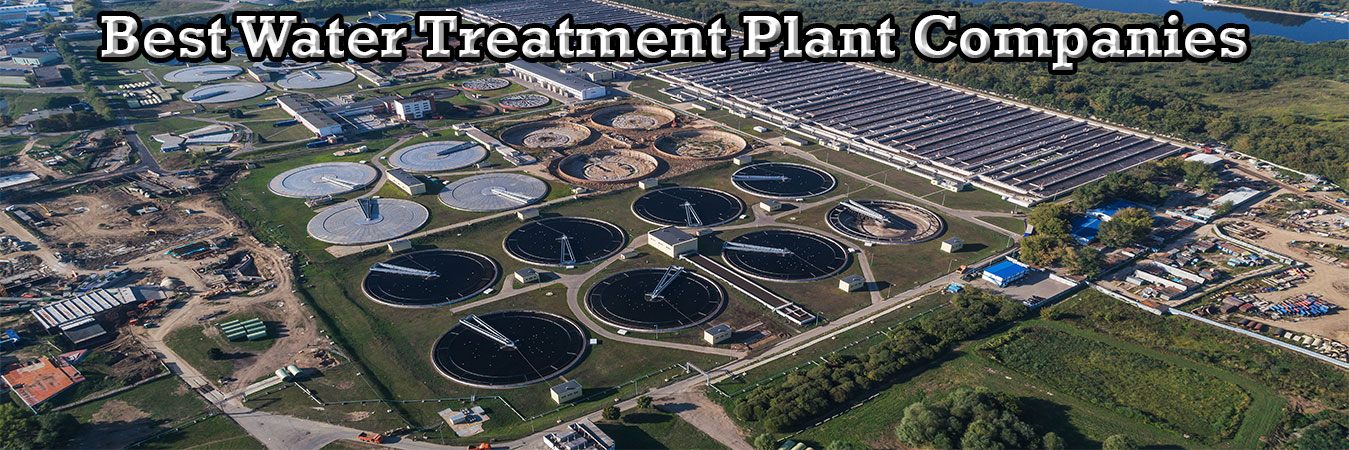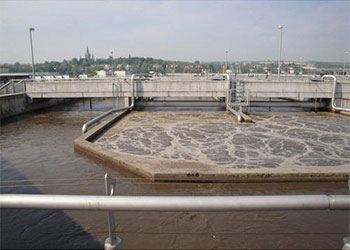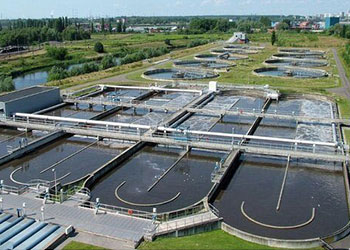
WELCOME
GJ WATER TECHNOLOGIES
- Technical Specification
- Gallery
- Quick Inquiry
- Wastewater Treatment Plant Chennai
- WTP Plant in Chennai
- Effluent Treatment Plant Consultant
- ETP Plant Consultant
- Sewage Treatment Plant Consultant
- STP Plant Consultant
- Industrial RO Plant
- SS RO Plant
- Iron Removal Water Plant
- Mineral Water Plant
- Waste Water Recycling Plant Construction
Introduction
Introduction
Water is undoubtedly one of the most vital resources for sustaining life on Earth. It is a fundamental element that impacts every aspect of our existence, from our daily hydration needs to agricultural production, industrial processes, and environmental balance. Ensuring the availability of clean and safe water is a paramount concern for societies worldwide. Water treatment plant companies play an indispensable role in this endeavor, as they are responsible for the purification and distribution of potable water to communities and industries. This essay explores the significance of water treatment plant companies, their operations, challenges, and innovations in providing clean and safe water.
The Role of Water Treatment Plant Companies
Water treatment plant companies are responsible for treating and delivering safe drinking water to homes, businesses, and institutions. Their primary role can be summarized as follows:
Water Purification: Water treatment plants source water from various natural bodies, such as rivers, lakes, reservoirs, or underground aquifers. The water obtained is often contaminated with impurities like sediments, microorganisms, chemicals, and pollutants. Water treatment plants employ various processes such as coagulation, flocculation, sedimentation, filtration, disinfection, and sometimes advanced techniques like reverse osmosis to purify water.
Compliance with Regulations: Water treatment companies must adhere to strict regulations and standards set by government agencies, such as the Environmental Protection Agency (EPA) in the United States. These regulations ensure that the treated water meets quality standards and is safe for consumption.
Infrastructure Maintenance: Maintaining the physical infrastructure of water treatment plants, including pipes, pumps, tanks, and filtration systems, is essential to ensure a continuous and reliable water supply.
Emergency Response: Water treatment companies are also responsible for responding to emergencies, such as water contamination incidents or natural disasters, to ensure the continued supply of safe water to affected communities.
Challenges Faced by Water Treatment Plant Companies
While water treatment plant companies play a crucial role in providing clean and safe water, they encounter several challenges:
Aging Infrastructure: Many water treatment facilities globally are aging and in need of significant upgrades or replacements. The cost of modernizing these facilities can be substantial.
Population Growth: As populations expand, the demand for clean water increases. Meeting this demand requires investing in new infrastructure and expanding existing facilities.
Climate Change: Climate change leads to more unpredictable weather patterns, which can affect the availability and quality of water sources. Companies must adapt to these changes to maintain a consistent water supply.
Technological Advancements: To improve efficiency and water quality, companies need to continually invest in new technologies and equipment,. This requires financial resources and skilled personnel.
Water Scarcity: In regions with water scarcity issues, companies may face additional challenges in sourcing and treating water to meet demand.
Innovations in Water Treatment
To address these challenges, water treatment plant companies are continually innovating in several ways:
Advanced Treatment Technologies: Companies are adopting advanced technologies like membrane filtration, UV disinfection, and ozone treatment to enhance the quality of treated water.
Smart Infrastructure: Utilizing IoT (Internet of Things) and data analytics, water treatment companies can monitor and manage their infrastructure more efficiently, reducing operational costs and improving maintenance.
Alternative Water Sources: Exploring alternative water sources such as wastewater reuse and desalination can help mitigate water scarcity challenges.
Green Technologies: Companies are increasingly adopting sustainable practices and green technologies to reduce their environmental footprint.
Conclusion
Water treatment plant companies play a vital role in providing clean and safe water, an essential resource for human health and economic prosperity. Despite facing numerous challenges, these companies continue to innovate and adapt to ensure the availability of clean water in the face of growing populations, climate change, and aging infrastructure. As we move forward, the importance of investing in water treatment infrastructure and sustainable practices cannot be overstated, as it directly impacts the well-being of individuals and the health of our planet.
Gallery



